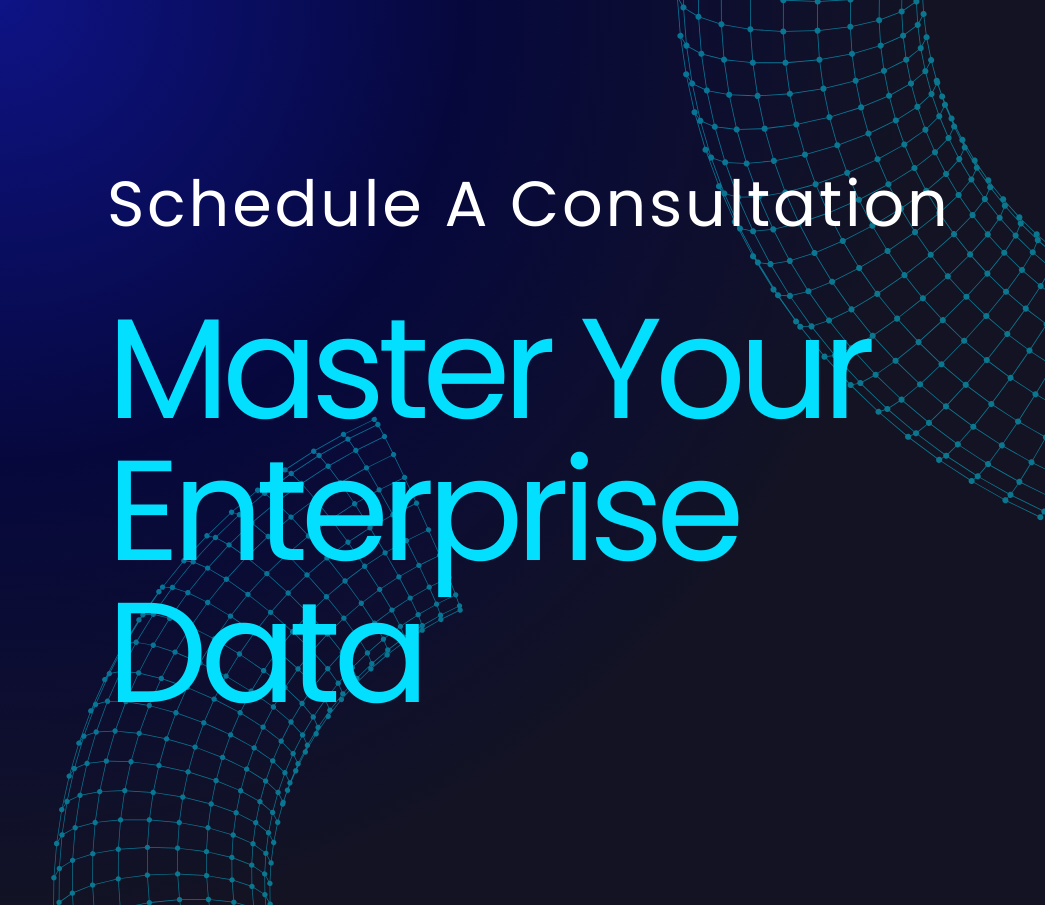In the rapidly evolving landscape of enterprise data management, the concept of a data lakehouse has emerged as a game-changing paradigm. This hybrid architecture combines the best features of data lakes and data warehouses, promising unprecedented flexibility, scalability, and performance. However, as with any transformative technology, the journey from concept to implementation is fraught with challenges and opportunities.
Global enterprises are increasingly recognizing the potential of data lakehouses to unify their disparate data ecosystems. According to a recent Gartner report, by 2025, over 60% of large organizations will have implemented data lakehouse architectures, up from less than 10% in 2021. This staggering growth reflects the urgent need for solutions that can handle the volume, variety, and velocity of modern data while providing the structured query capabilities traditionally associated with data warehouses.
Yet, the path to successful data lakehouse deployment is not without its pitfalls. Organizations must navigate complex technical decisions, overcome data governance hurdles, and foster a culture of data-driven decision-making. This article dive into the intricacies of global data lakehouse frameworks, offering insights into best practices, common challenges, and the transformative potential of this revolutionary approach to data management.
As we explore the landscape of data lakehouses, we’ll uncover the key components that make them tick, from open table formats like Delta Lake and Apache Iceberg to the sophisticated query engines that power real-time analytics. We’ll also examine how leading organizations are leveraging these technologies to drive innovation, enhance operational efficiency, and unlock new sources of value from their data assets.
Overview
- Global TCO frameworks offer sustainable cost reduction, with potential savings of up to 30% over five years.
- Implementation challenges are often human rather than technical, requiring a focus on change management.
- The future of TCO extends beyond cost-cutting to strategic decision-making, sustainability, and innovation.
- Emerging technologies like AI and blockchain are set to revolutionize TCO modeling and application.
- Mastery of global TCO is becoming a critical competitive advantage in the global marketplace.


















